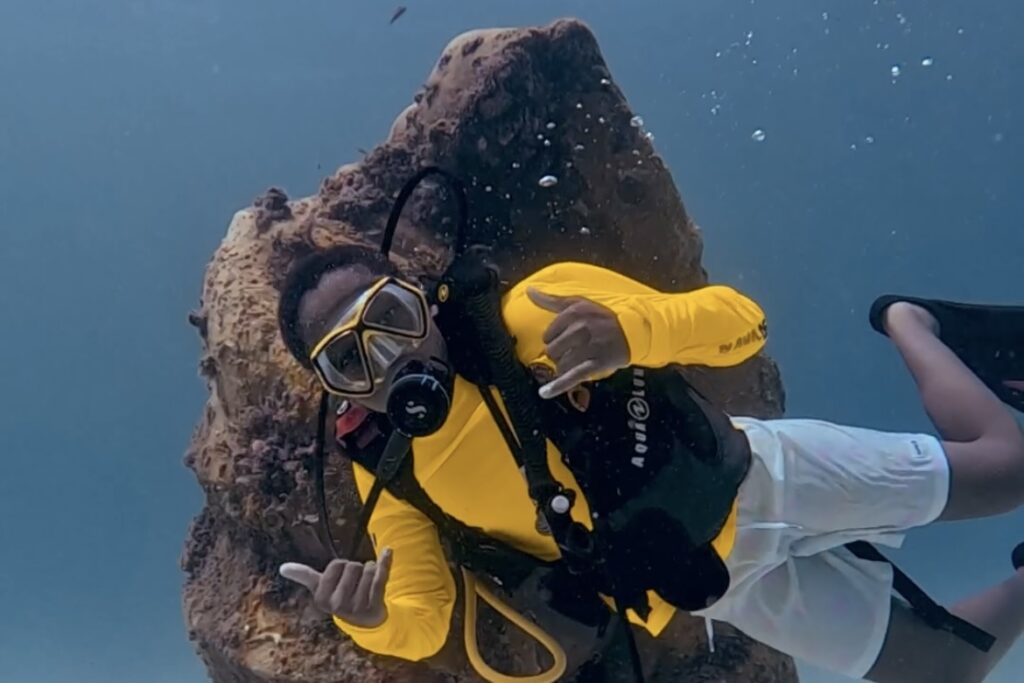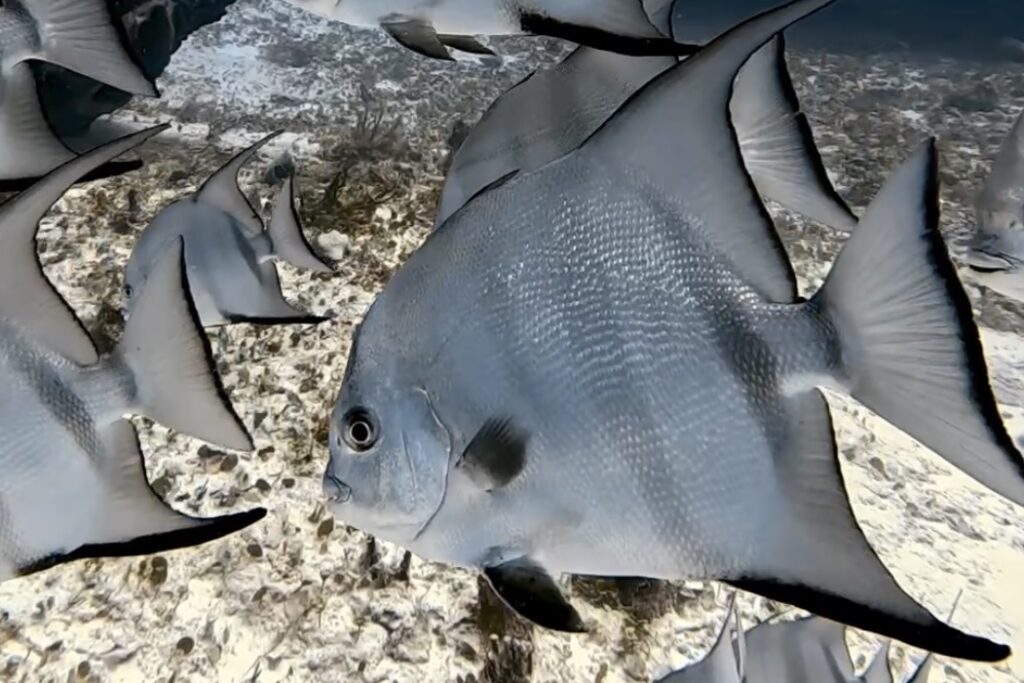Diving into the depths of the ocean, whether for leisure or exploration, offers a breathtaking experience unlike any other. However, beneath the surface lies a challenge that every diver must conquer: equalizing. Equalizing is the process of balancing pressure between the inner ear and the surrounding water. Mastering this technique is essential for a safe and enjoyable dive. In this guide, we’ll dive into the intricacies of equalizing and provide tips for mastering this vital skill.
Understanding Equalization:
Before diving into the techniques, it’s crucial to understand why equalization is necessary. As you descend underwater, the pressure increases, causing discomfort and potentially damaging effects on your ears if not equalized properly. The Eustachian tube, a small passageway connecting the middle ear to the back of the nose and throat, plays a crucial role in equalization. By equalizing the pressure in the middle ear with that of the surrounding environment, you can prevent discomfort, pain, and potential injury.
Techniques for Equalizing:
Valsalva Maneuver:
The Valsalva maneuver is one of the most common equalization techniques. To perform this maneuver, pinch your nostrils shut with your fingers, close your mouth, and gently blow air through your nose. This action helps to equalize the pressure in your ears by forcing the Eustachian tubes open.
Toynbee Maneuver:
The Toynbee maneuver involves swallowing while pinching your nostrils closed and keeping your mouth closed. Swallowing helps to open the Eustachian tubes while the pinching action prevents air from escaping. This technique is particularly useful for equalizing gently and gradually.
Frenzel Maneuver:
The Frenzel maneuver is a more advanced technique that involves closing the back of the throat and using the tongue to push air into the Eustachian tubes. This method is efficient for equalizing even in challenging conditions, such as when wearing a tight-fitting dive mask.
Edmonds Technique:
The Edmonds technique is a combination of the Valsalva and Frenzel maneuvers. It involves pinching the nostrils shut and gently blowing while simultaneously moving the jaw forward and up. This action helps to open the Eustachian tubes while equalizing the pressure.
Tips for Mastering Equalization:
- Start Early: Begin equalizing before you feel any discomfort or pressure in your ears. Starting early allows you to equalize gradually and prevent potential issues as you descend.
- Stay Relaxed: Tension can make equalization more challenging. Stay calm, relaxed, and breathe slowly and deeply as you descend.
- Practice Regularly: Like any skill, mastering equalization requires practice. Take the time to practice different techniques in shallow water before attempting deeper dives.
- Listen to Your Body: Pay attention to any discomfort or pain in your ears. If you experience difficulty equalizing or persistent discomfort, ascend slowly and try equalizing again at a shallower depth.
- Stay Hydrated: Proper hydration can help maintain the flexibility of your Eustachian tubes, making equalization easier.
- Seek Guidance: If you’re new to diving or struggling with equalization, don’t hesitate to seek guidance from a certified diving instructor. They can provide personalized tips and techniques to improve your equalization skills.
Equalization is a fundamental skill for divers of all levels. By understanding the techniques and practicing regularly, you can ensure a safe and enjoyable diving experience. Remember to start early, stay relaxed, and listen to your body throughout the dive. With patience and perseverance, you can master the art of equalization and unlock the wonders of the underwater world Happy diving!





